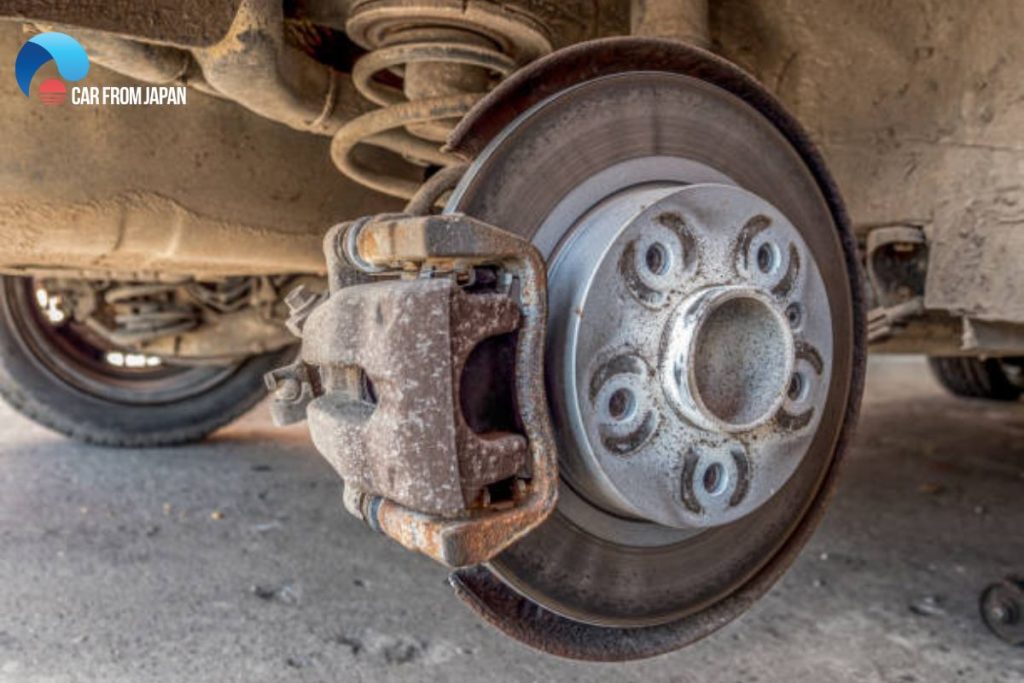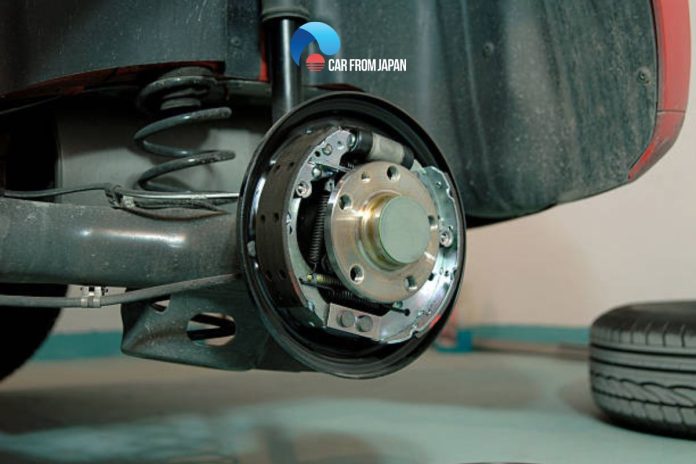You might have been driving your car for years, but do you know why disc and drum brakes are used in the front and rear, respectively?
Generally, people don’t have the accurate answer to this question, which eventually leads to the wrong machinery choice for their car.
Well, get to know the reasons for using the disc in the front and the drum in the rear, right now!
Contents
Reasons For Using Disc and Drum Brakes In The Front and Rear Likewise
Brakes are the imperative safety features of any vehicle. The disc and drum brakes serve different uses and work in the rear and the front of the car. To know which one must be put up to which part, check out the following reasons.
Brake capability
Every time when you push the brake, out of the whole weight of the vehicle, only thirty percent is transferred to the back and seventy percent to the front.
When talking about the braking capacity of disc and drum brakes, the most effective disc brakes are the ones that you just need to use for handling such massive weight.
Conversely, the drum brakes are cheaper and can wear out more quickly due to the inability to put up with the weight.
Hence, it gives you a rationale to install the most efficient braking system to the front i.e., the disc brakes, of course.

Economic factor
To clarify the usage of disc and drum brakes in the front and rear, the economic factors have their own causes.
The manufacturing cost of disc brakes is excessively much higher than that of drum brakes due to their entire structure, designed especially to offer the resilience to stop your entire vehicle.
Along with the important components, the lodging of disc brakes includes a metal drum, a small caliper (impede the vehicle), and a slim rotor as well.
By consulting the experts or using their maintenance tips, one can amplify the permanence of these brakes as well.
Unlike discs, drum brakes are affordable due to the need of a few moving parts. When using drum brakes in the rear there sharing is easy to achieve between parking and regular brakes.
But when it comes to driving in the rain, disc brakes work better. So, if you are expecting greater performance from your vehicle, go for disc brakes. Contrary to what, to make driving more economical, nothing could be better than drum brakes.

Hardware prerequisites
As discussed before, the disc brake demands additional hardware and elevated hydraulic pressure in order to improve performance.
But, all these components help the brakes to cool down efficiently and quickly, making them less vulnerable to desertion or seizing with the soaring temperature.
Surprisingly, Drum brakes have no caliper bracketry and demand low hardware requirements, as everything is shareable within its core.
In addition, they also come with a minor master cylinder near the pedal, since it cannot take much pressure. The lessening of hardware results in wrapping and fading due to high temperatures, as they cannot cool easily.
Check out this video from Donut to learn more details about how brake works in general!
Conclusion
So, that disc and drum brake combo really boils down to a clever trade-off. Car manufacturers spend the money on high-performance disc brakes for the front because that’s where about 70% of your stopping power comes from. Then, they save costs by using reliable and perfectly adequate drum brakes in the back. It’s a proven system that balances safety and affordability perfectly




This is really very good and thank you for caring about people who love cars
This site is helpful. It makes maintenance to be done on my car easier. Keep up the good work.
So educational, as new drivers do not have the knowledge of the mechanism of their vehicles.
Thanks for the advice,i was intending to change the front brakes.
I think I have a problem with my braking system. The front is disk and rear is drums, the pads and linings are new and when I press the brakes, the brake peddle shakes my foot and the whole car shakes as well…what might be the problem?????
Wheel balancing is in question
Check the pads. Probably nothing there. The rotors will sure tell you. Has nothing to do with wheel balance.
Warped disk rotors
when rotors or disk are warped or worn you must chnge them also brake pads. worn and warped disc cause vibrations on pedal and steering.. if the discs still between tolerance measures, you have to machine them.
Thanks now I know the difference
Have learnt a lot especially about the use of a neutral gear in automatic transmission cars. Very helpful site thank you